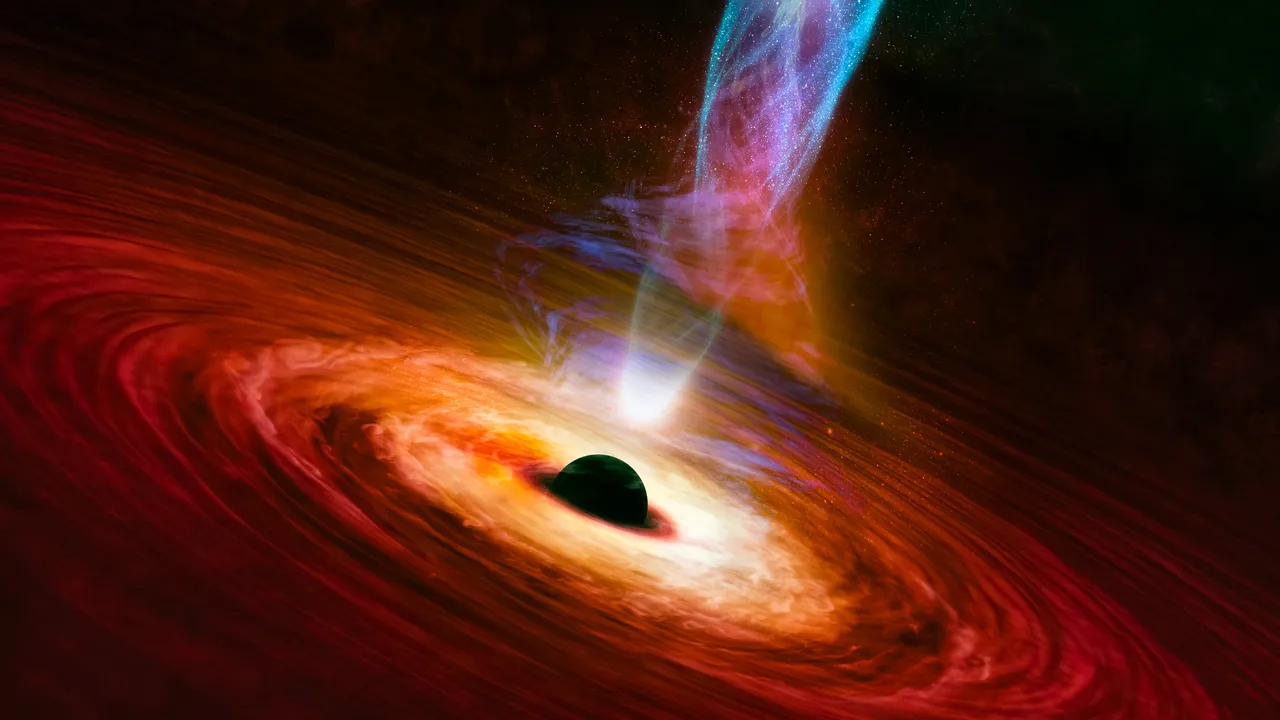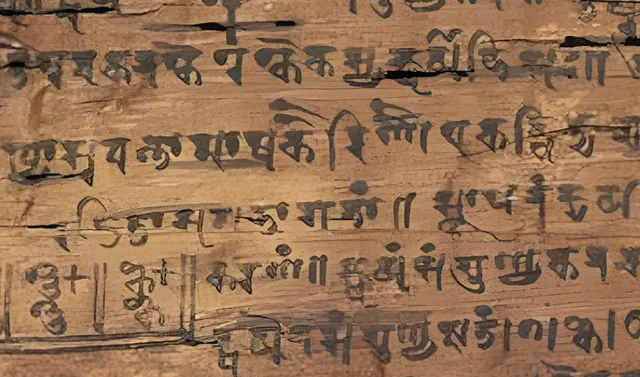Your Future Has Already Happened (Just Not to You)
Modern physics and ancient philosophy converge on a strange idea: time may not be something that flows, but something that simply is. If the universe is a block of spacetime rather than a film playing frame by frame, then every moment - past and future - already exists.

First a great story. Stephen Hawking hosted a party at the University of Cambridge on June 28, 2009. The invitations were genuine, printed on heavy card stock, listing the date, time, and coordinates, but he did not release them until after the party had already taken place. He set out champagne, hors d’oeuvres, helium balloons, and even arranged for cameras. Then he waited. No one arrived.
Only later did he reveal the invitations, saying, “I’m hoping copies of it, in one form or another, will survive for thousands of years. Maybe one day somebody reading it will invent the technology of time travel and come to my party, proving that travel to the past is possible.”
It was classic Hawking, equal parts humor and philosophical challenge. On the surface it was a joke, but it was also an empirical test of one of his most serious ideas: the chronology protection conjecture, the notion that the laws of physics prevent time travel into the past.
We like to think of time as a current that carries us forward, one moment after another, into the undiscovered future. Yet modern physics and ancient philosophy came up with something far stranger: the river may not be flowing at all. Every event that will ever happen may already exist, waiting for us to reach it. Your future has already happened, just not to you.
Einstein's relativity demolished the idea of universal simultaneity. What is now for one observer can be then or later for another, depending on motion and gravity. The universe offers no privileged clock. It is not a film playing frame by frame, but the entire reel at once: past, present, and future all preserved within the same four-dimensional spacetime block. The sensation of time flowing is a property of perception, not of physics.
This block universe is unsettling because it inverts how we experience causality. We imagine time as a conveyor belt of becoming, when it may instead be a landscape of being. Each moment exists like a coordinate, fixed and immutable. Consciousness moves through that landscape one slice at a time, and the feeling of passage is what we call now. Einstein, writing to console a friend's widow, put it plainly: the distinction between past, present, and future is only a stubbornly persistent illusion.
Long before Einstein, philosophers glimpsed this idea. Parmenides of Elea argued that change itself is illusion. Reality, he said, is one continuous, unchanging whole. Zeno, his student, crafted paradoxes to demonstrate that motion cannot truly exist, because to move from one point to another requires crossing infinitely many intervals. Both men described a universe that simply is, not one that happens. Theirs was a frozen cosmos - a vision that seemed metaphysical until relativity gave it mathematical bones.
The paradox deepens when we bring entropy into the conversation. Entropy is not energy itself but a measure of how energy is arranged - how spread out, how probable, how irreversible. It defines the arrow of time: the reason we remember the past and not the future. The physical laws that govern particles are time-symmetric, yet our experience is not. Entropy breaks that symmetry, and our minds, made of matter that obeys those same laws, inherit its direction. We experience time only because entropy increases.
The cosmic epochs
To understand where that arrow leads, it helps to look across the cosmic epochs.
In the Primordial Era, immediately after the Big Bang, the universe was unimaginably dense and hot - but paradoxically, in a state of low entropy. Matter and energy were uniform, evenly distributed, with gravity holding almost no structure to play with. It was an ordered simplicity, like a deck of cards perfectly arranged.
The Dark Ages followed, when light could no longer travel freely and the cosmos cooled. Eventually, the Epoch of Reionization ignited as the first stars formed, and structure emerged. Entropy began to climb rapidly. With each star that burned, each black hole that spun up, the universe explored more and more possible microstates.
We live in the Stelliferous Era, the age of stars. This is the brief flicker in which galaxies shine, chemistry thrives, and minds arise to contemplate it all. Entropy continues to grow, yet local pockets of order - planets, organisms, civilizations - temporarily reverse it by feeding on free energy. Every heartbeat, every thought, is a tiny rebellion against the thermodynamic tide. But the tide always wins.
When the last hydrogen is spent, fusion will cease. The universe enters the Degenerate Era, lit only by cooling remnants: white dwarfs, neutron stars, brown dwarfs. The cosmos will dim but still hold immense complexity. Over trillions of years, gravitational interactions will scatter even those remnants into loneliness.
Eventually black holes will dominate. This is the Black Hole Era, a time when the last dense structures store the universe's remaining entropy in their event horizons. Hawking radiation will slowly evaporate them, releasing their hoarded disorder back into the void.
After that comes the Dark Era - a vast, thin mist of photons, neutrinos, and elementary particles drifting through near-absolute zero. There will be no gradients, no differences, nothing left to rearrange. Entropy will reach its maximum. The universe will have no capacity for change, and therefore, no time.
What does this all mean?
Here we reach the haunting symmetry of the story: the end of time looks almost like the beginning. A smooth, featureless expanse, high in entropy rather than low, but equally static. The cosmos begins and ends in stillness, bookended by silence.
If the block universe picture is right, all of these epochs already coexist. The bright chaos of early stars, the heat death trillions of years hence, even the moment you finish reading this sentence - they are all slices of the same eternal structure. From inside, we experience sequence. From outside, it is all there, all at once.
This perspective does not erase meaning. It redefines it. If my future has already happened, then every act of kindness, every decision, every discovery, is already woven into the cosmic fabric. We are participants in a geometry, not authors of a script. Our freedom lies not in changing what is, but in being what is - fully, consciously, for the brief instant of light our epoch allows.
The final irony is that the highest entropy, the state of perfect equilibrium, looks to us like nothingness. Yet that nothing is the fullest realization of possibility - every arrangement exhausted, every card played. The universe ends not in drama but in completeness.



